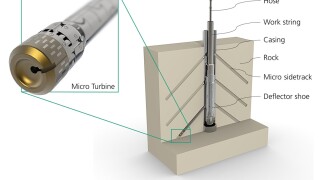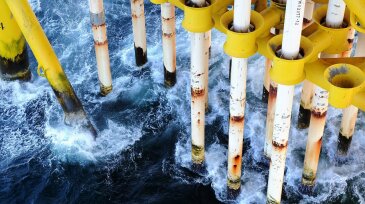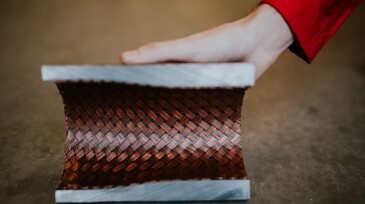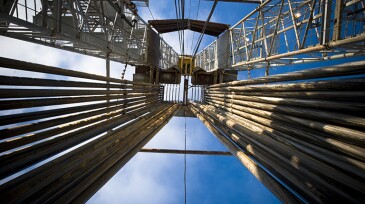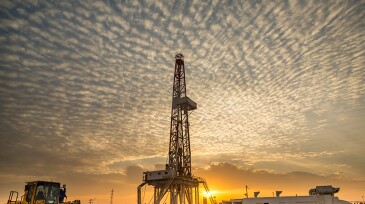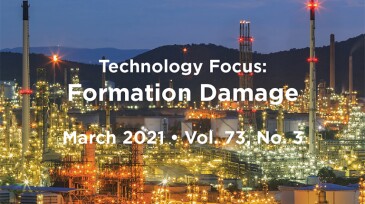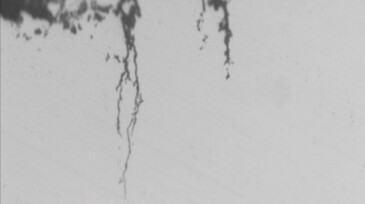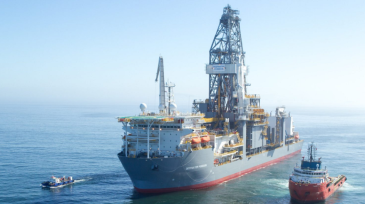Drilling
The Federal Reserve Bank of Dallas’ fourth-quarter energy survey shows that oil prices and geopolitical uncertainty are curbing enthusiasm heading into the new year.
A field test study examines micro turbine drilling in a clay formation that allows steel casing and formation to be drilled in a single operation.
The discovery in the Kutei Basin offshore Indonesia is being considered for fast-track development.
-
As the saying goes, the future is now. This is certainly the case offshore Norway, which represents one of the industry’s most influential test beds for impactful innovation.
-
Another technology developer is trying to convince oil companies that they really do need more power and downhole data while drilling.
-
The rig will drill an extended-reach well in the P9 Horizon field.
-
Laboratory formation damage testing is often used to help select optimal drilling and completion fluids, but predicting the overall effect of formation damage on well performance requires further interpretation. Paper SPE 199268 presents a case for use of CFD to upscale laboratory data to quantify that effect.
-
The qualification and first deployment of a low-solids, oil-based completion fluid that incorporates a newly developed, high-density brine as the internal phase to extend the density limit is discussed.
-
Laboratory studies performed for evaluation of filter cake breaker fluid exposed limitations with a conventional test approach.
-
The combined effect of formation and completion damage is the observed well productivity development with associated skin and productivity index. Completion damage has the potential to affect well productivity to the same degree as formation damage.
-
Technology is advancing, and applications are growing, but scaling faces technological and human challenges.
-
S13Cr tubing specimens experienced stress corrosion cracking with phosphate-based completion fluids contaminated with mud and oxygen, whereas formate-based completion fluid is compatible with the tubing.
-
New proximity-based safety process watches the drill floor on board the drillship Deepwater Conqueror.


